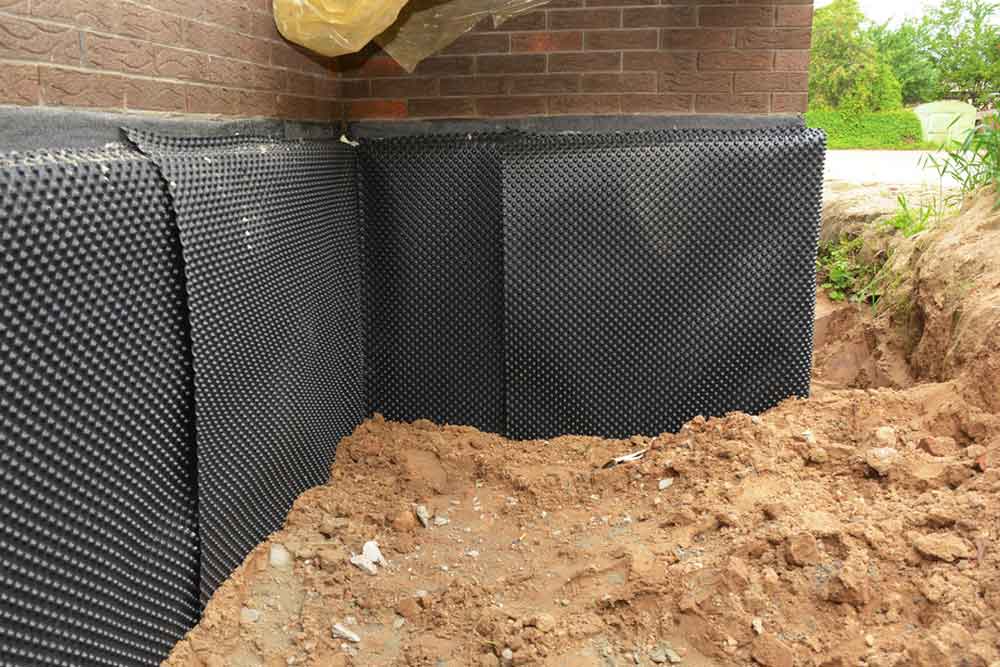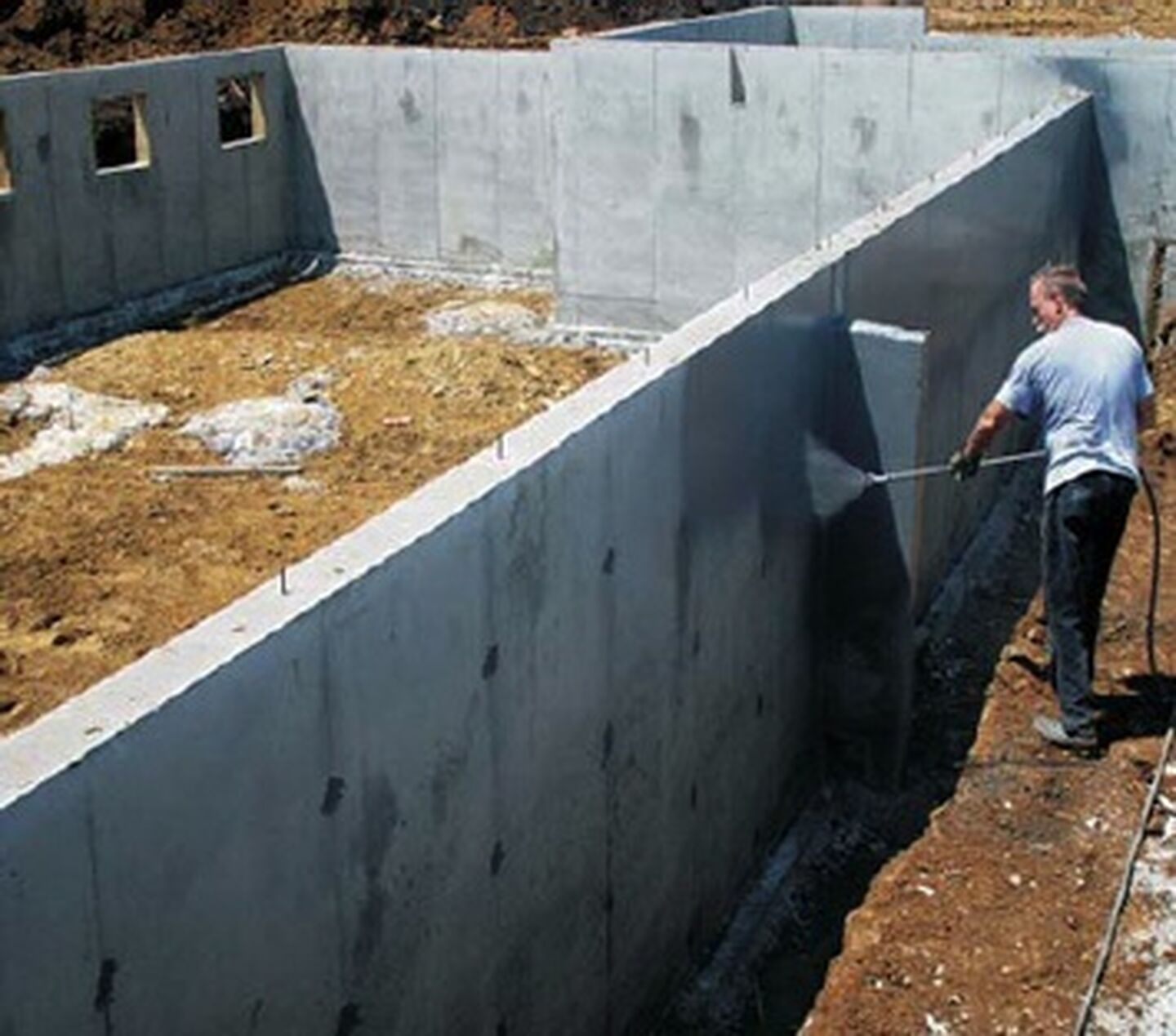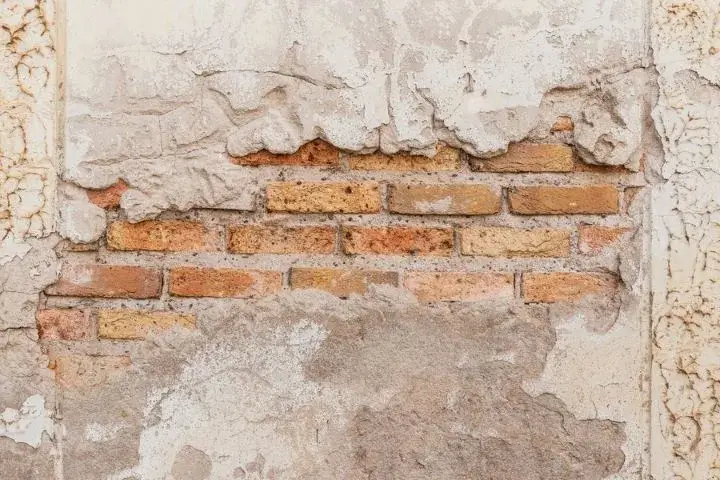Checking Out the Various Methods and Solutions for Effective Damp Proofing
Dampness in buildings presents significant obstacles to both structural honesty and interior air high quality. Different techniques and options have actually arised to battle this prevalent issue. From traditional damp-proof membranes to innovative chemical therapies, each method offers unique advantages. Recognizing these choices is essential for effective dampness control. Selecting the ideal solution depends on particular structure conditions and demands, triggering additional exploration into the most efficient damp proofing techniques readily available.
Recognizing the Reasons For Wetness
Although moisture can occur from various sources, understanding these causes is vital for effective removal. Frequently, wetness stems from three key sources: rising damp, penetrating wet, and condensation. Climbing damp happens when groundwater takes a trip up via porous materials, such as brick or stone, typically due to an absence of a reliable obstacle (damp specialist newcastle). Passing through wet is commonly caused by external factors, consisting of roof leakages, damaged rain gutters, or damaged wall surfaces, enabling water to penetrate a building. Condensation, on the various other hand, arises from excess wetness in the air, often exacerbated by poor ventilation and temperature level distinctions, leading to water droplets forming on surface areas. Identifying these underlying concerns is crucial, as each kind of dampness requires a customized approach for removal. Proper evaluation helps in determining the most efficient solutions, eventually securing the architectural integrity of a structure and boosting interior air high quality
Traditional Damp-Proof Membrane Layers

Chemical Damp-Proofing Solutions
Chemical damp-proofing remedies use an innovative strategy to preventing wetness intrusion in structures. These methods normally include the application of liquid chemicals that penetrate masonry and form an obstacle against rising wet. Commonly utilized chemicals consist of silanes, siloxanes, and other water-repellent agents that react with surface area materials to develop a hydrophobic layer.The application procedure usually requires exploration openings into the wall surfaces, infusing the chemical solution, and enabling it to cure. This approach is specifically advantageous for older frameworks where traditional damp-proof membranes may be unwise. In addition, chemical damp-proofing can be much less turbulent and extra affordable than substantial remodelling projects.While effective, these options depend upon correct application and environmental conditions for peak performance. Normal upkeep and tracking are important to ensure the long life of the damp-proofing treatment. On the whole, chemical damp-proofing stands for a functional alternative for securing buildings against moisture-related damages
Dental Caries Wall Surface Building Methods
Tooth cavity wall surface construction methods provide many advantages, particularly in wetness control and power effectiveness. By incorporating an air space between two layers of masonry, these wall surfaces efficiently reduce water access while enhancing insulation. This combination not just shields frameworks from moisture but likewise adds to decreased power intake.
Benefits of Tooth Cavity Walls
When taking into consideration efficient wet proofing techniques, the advantages of dental caries wall surfaces stick out plainly. Cavity wall surfaces are composed of 2 separate layers, developing an air gap that successfully minimizes moisture penetration. This design minimizes the threat of dampness, as the outer wall surface acts as a barrier versus rain and water ingress. In addition, tooth cavity walls boost thermal insulation, which adds to power efficiency by minimizing warm loss. They likewise give audio insulation, helping to create a quieter interior atmosphere. The air gap permits for air flow, which assists in wetness control and decreases the possibility of mold and mildew development. These benefits not just boost the overall convenience of a building yet additionally add to its long life and structural honesty.
Moisture Control Methods
Effective wetness control approaches are crucial in dental caries wall surface construction to ensure long-lasting defense against dampness. One key method includes the consolidation of weep openings, which help with water drainage from the cavity, protecting against buildup. Additionally, making use of breathable membrane layers can assist take care of dampness levels while enabling caught vapor to get away. Appropriate placement of insulation is likewise crucial, as it needs to not obstruct drain paths. Making sure that the outer leaves of the cavity wall are created with water-resistant products boosts total durability. Regular maintenance checks are necessary to identify any type of blockages or damages early, safeguarding the structure's integrity. Ultimately, a combination of these techniques develops a robust defense against dampness invasion in dental caries wall surfaces.
Insulation and Power Effectiveness
Insulation plays an essential role in boosting power effectiveness within tooth cavity wall surface building. By integrating protecting products, these wall surfaces create a thermal barrier that lessens heat loss and lowers energy intake. Effective insulation not just assists preserve a stable interior temperature however likewise mitigates the threat of moisture, as it prevents condensation within the wall surface tooth cavity. Numerous techniques, such as the use of stiff foam boards or mineral woollen, can be employed to achieve perfect insulation efficiency. In addition, appropriate installment is necessary to guarantee that gaps and spaces are decreased, which can otherwise jeopardize energy effectiveness. Eventually, a well-insulated tooth cavity wall surface adds considerably to total sustainability and decreases heating and air conditioning expenses for house owners.
External Damp Proofing Techniques
Exterior moist proofing methods are essential for shielding structures from wetness seepage. Two reliable strategies include the application of water resistant membrane layers and the installation of French drains pipes. These options help minimize water build-up and maintain the integrity of structures.
Waterproof Membrane Layer Application
While numerous methods exist for stopping moisture access, the application of water resistant membrane layers stays a very reliable outside moist proofing strategy. These membranes are typically made from products such as polyethylene, rubber, or changed asphalt, giving a robust obstacle against water penetration. The setup procedure entails applying the membrane to the exterior surface areas of wall surfaces or foundations, making sure full protection to protect against leaks. Appropriate bond and securing at joints are critical to making best use of performance. Water resistant membrane layers can be used in numerous forms, including fluid layers and sheet membrane layers, permitting for flexibility based on the particular needs of the framework. This method not only safeguards structures from wetness yet also enhances their long life and architectural integrity.
French Drainpipe Setup
One efficient method for managing groundwater and avoiding dampness accumulation around a building's foundation is the setup of a French drain. This drainage system contains a trench loaded with gravel and a perforated pipeline that redirects surface area water far from the structure. Appropriate installation needs mindful planning, making certain that the drainpipe inclines away from the framework to facilitate ideal water circulation. Additionally, the location of the drainpipe is crucial; it must be placed in locations prone to merging or excess wetness. Routine maintenance, consisting of cleaning debris from the gravel and making sure the pipeline stays unblocked, is important for long-term efficiency. Eventually, a well-installed French drainpipe can substantially reduce the danger of water-related concerns in cellars and foundations.
Inside Waterproofing Methods
Interior waterproofing strategies are vital for safeguarding a structure's interior from dampness seepage and possible water damage. These strategies generally entail the application of customized materials and techniques created to produce a moisture barrier within the framework. One typical approach is using water resistant coverings or sealants on wall surfaces and floorings, which prevent moisture from permeating surfaces.Additionally, setting up interior drainage systems, such as sump pumps, can properly manage water buildup in basements and crawl areas. One more approach includes using vapor obstacles, which are installed to prevent dampness movement from the ground into living spaces.Moreover, resolving any cracks or gaps in wall surfaces or foundations with ideal sealers guarantees a complete defense against water intrusion. By executing these interior waterproofing methods, home proprietors can significantly minimize the danger of mold growth, structural damages, and other moisture-related concerns. Correct implementation of these methods is crucial for lasting defense and building stability.
Regular Upkeep and Inspection Practices
Routine maintenance and examination practices are essential for ensuring the lasting effectiveness of wet proofing services in any structure. Routine checks enable homeowner to identify early indicators of moisture breach, such as peeling paint, mold and mildew development, and musty smells. These indications can signify underlying problems that call for instant attention.Inspections need to be conducted a minimum of yearly, focusing on at risk locations like cellars, crawl spaces, and exterior walls. During these evaluations, homeowner should examine sealants, drain systems, and ventilation to validate they work correctly.Additionally, keeping downspouts and rain gutters is necessary, as stopped up systems can cause water accumulation near the foundation. Executing a regular maintenance timetable, along with timely repair services, can substantially prolong the lifespan of wet proofing steps and secure the architectural integrity of the structure. Positive actions inevitably contribute to the overall health and safety and security of the get more info living environment.
Regularly Asked Concerns
For How Long Does Damp Proofing Normally Last?
The period of damp proofing effectiveness differs, commonly lasting in between 20 to half a century. Variables such as application top quality, environmental conditions, and upkeep practices significantly affect the durability of the damp proofing therapy.

Can I Damp Evidence My Home Myself?
The specific pondered the feasibility of do it yourself damp proofing. With correct research and the appropriate materials, it is feasible. They also recognized the value of professional support to ensure durable efficiency and stop future issues.
What Are the Signs of Inadequate Damp Proofing?
Indications of inefficient wet proofing include relentless stuffy smells, noticeable mold and mildew growth, peeling off paint, wet spots on wall surfaces, and timber degeneration - damp removal newcastle. Property owners need to deal with these concerns promptly to avoid more damage and wellness worries
Does Damp Proofing Affect Indoor Air Top Quality?

Exactly How Much Does Specialist Damp Proofing Expense?
Specialist wet proofing prices vary considerably, generally varying from $1,000 to $5,000 depending on the residential or commercial property's size, the degree of the wet problem, and chosen techniques. Each circumstance calls for a customized analysis for exact pricing. Typically, moisture originates from 3 main sources: climbing damp, penetrating moist, and condensation. When considering reliable damp proofing techniques, the benefits of cavity walls stand out prominently. External damp proofing techniques are necessary for protecting frameworks from wetness infiltration. While various techniques exist for preventing dampness access, the application of water-proof membrane layers stays an extremely effective outside damp proofing technique. Indicators of ineffective moist proofing consist of persistent moldy odors, noticeable mold and mildew growth, peeling paint, moist spots on walls, and timber decay.